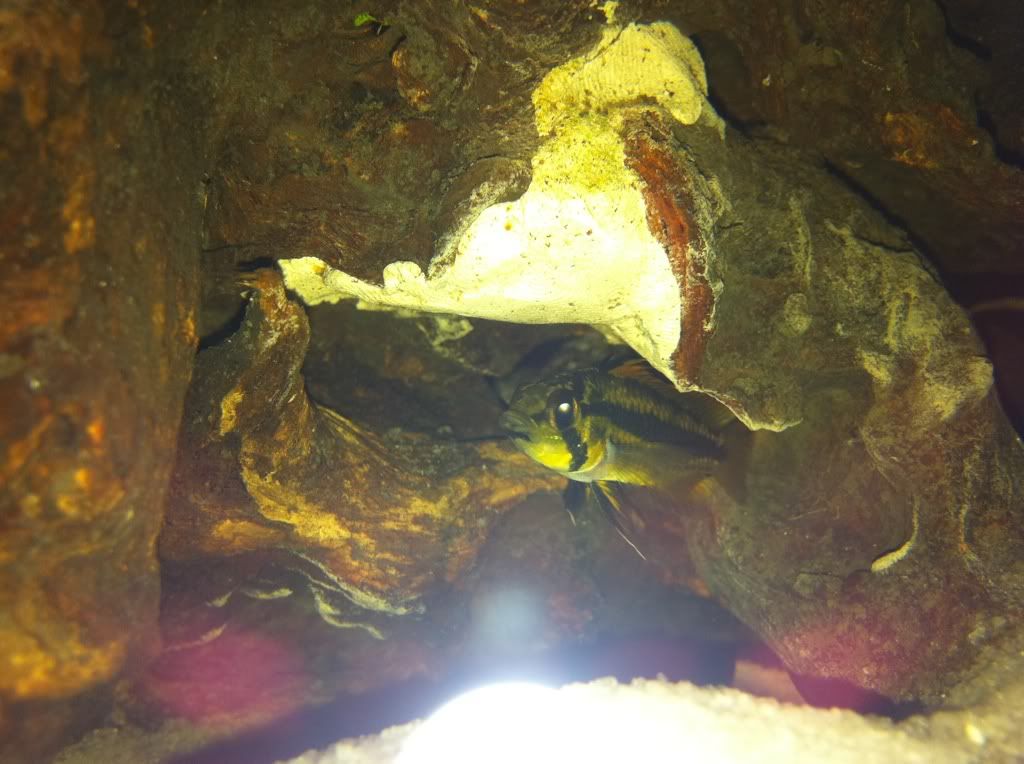XJfella95
New Member
- Messages
- 48
- Location
- Adamstown, pa
Since I can't search does anyone know of some good reading material regarding the gestation period for the cac. Eggs and things to look out for during raising the fry?
For Apistos in general (it can vary depending of temperature) it takes 2 / 3 days to hatch the eggs and 4 / 6 days plus to become free swimming.
Once they get the free swimming stage, you can feed them with brine shrimp nauplii.
